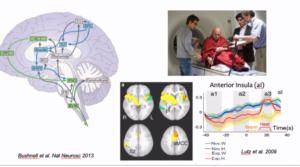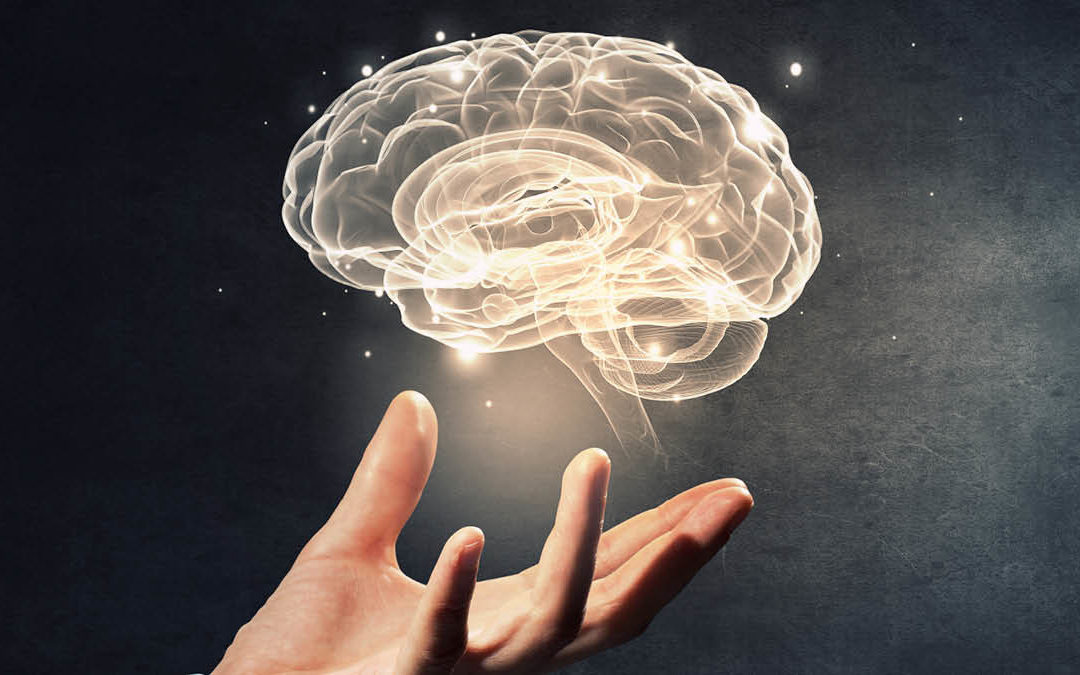I recently initiated a webinar series “Exploring Mind and Consciousness” in Leadership Learning, in which we use neuroscience research to understand human inner processes. By being conscious of that, we’re taking the first step of awareness, in order to pave the way for any kind of transformation.
A few days ago during a conversation, we talked about “your strongest motivation at work”. When I was asked this question, something came to my mind instantly – to reduce suffering in the workplace. This will not necessarily be my official answer to put in CV, yet, my purpose at work has everything to do with that.
I’ve been through quite a lot of businesses and functions. From the early years of studying Industrial Engineering, to various operational functions, then to strategy, until I moved fully to organizational development. In every stage of my career, I’ve witnessed human systems that evolve to survive and thrive in an increasingly complex world. And in each single step, what connects me most is the humanity at all levels. We all want to do a good job, we want the organization to flourish, and we want to be happy. However, in recent years I’ve seen a lot of disfunctions that caused (often cases) unnecessary pain and suffering.
How I see it is that as humans we keep on drawing from the past experience to try to solve future problems. However, when we’re faced with VUCA (Volatile, uncertain, complex and ambiguous) situations that are caused by technology, innovations, disruptions etc., the traditional Tayloristic approach really won’t work in a complex system. The more people try to solve a complex problem by imposing liner solutions, the more suffering they will create, not only for themselves, but also more stress and fear in the system.
This led to a series of new initiatives that I started in my current work. From introducing Servant Leadership, to agile prototyping, from ulab collaboration to emergent dialogues. Recently the new webinar series that I collaborate with Diego Hangartner caught a lot of attention when we explore Mind and Consciousness using neuroscience research. Diego created 4 modules that are built upon one another.
- Reactive – Creative
- Stress – Fear – Anxiety from Neuroscience perspective
- Empathy and Compassion
- Practices
These 4 modules gradually build the case for compassion in the workplace. The way of conveying the messages is hard data from the groundbreaking neuroscience research on the effect of mind training.
If you’re curious please read this book: Altered Traits: Science Reveals How Meditation Changes Your Mind, Brain, and Body https://www.amazon.com/Altered-Traits-Science-Reveals-Meditation/dp/0399184384
I feel really fortunate to have met Diego who served as a testing subject in this research thanks to his extensive life time practice of meditation. He also was involved in the discussions right from the beginning when the Mind and Life Institute collaborated on this project.
3 years ago as I first read the book, I was deeply touched by the authors, Daniel Goleman and Richard Davidson, who took their PhD study on meditation and neuroscience 3 decades ago. I guess at the time when they started such research, many people still associate meditation and mind training to be “WAS” weird Asian stuff…:P and the authors took significant risk with their academic career in Harvard. Thanks to those researchers and the testing subjects, today, the concept of mind training has entered many major businesses, academia and governments.
During the “Exploring Mind and Consciousness” series, as Diego introduced this graph drawn from the research of pain response. Participants read the different tendencies between the novus group and the expert group, when both groups were measured their Anterior insular activity (pain response). Both groups were told that there would be intense heat coming in 50 seconds. There were sharp differences of response comparing the 2 groups (For details, please refer to the book Altered Traits chapter 12. )
In a nutshell, I saw something that is central to sufferings in the workplace. The people who have no mind training experience, responded to future potential pain by creating physiological suffering (an anticipatory pain) for 40 seconds before they experienced any warmth, and the 10 seconds of slight warmth, they were suffering as if they already experienced heat the whole time! On the contrary, the expert meditators brain activity remained normal, they experienced even more intense suffering during the heat period 10 seconds, but returned to normal state much quicker than the Novus group. In short, the meditators experienced the situation as it arises; and when the heat disappeared, they quickly returned to their normal state. The non-meditators created suffering much earlier and the suffering lasted much longer than the mere 10 seconds of heat.

When I saw this chart, I immediately associated this with the current challenges to many organizations. The uncertainties caused by disruptions, the ambiguous geopolitical outlook, the need for major changes in the businesses. These can cause significant “anticipatory pain” for people. That anticipatory pain will also take a price on people’s general wellbeing, and let alone their capacity for creativity and innovation.
How important it is to understand the basis of neuroscience. When we understand our own inner workings, we already took the first step to deal with it. When an organization could understand the neuroscience behind the human interactions, I’m sure there could be much better ways to handle change and disruptions. Of course, awareness is the first step, also the most important starting point. There are other ways to break old habits and form new ones. Doing physical exercise, meditation and mindfulness training, social connections and very importantly having a clear sense of purpose and meaning are all effective ways.
Furthermore as we dig deeper into this topic, we’ll also understand why cultivating compassion can create continuous positive stimulus, and collectively we’ll create a much healthier society. Imagine, what sort of workplace we can create if we’re more conscious about this? I will not use many more words to describe the successful companies that see their profit rise, what do they have in common? From my lens, I see the connection when the workplace culture is promoting compassion. When we understand our inner workings, we’ll be able to create an environment that supports compassionate interactions internally and externally. With such “software” wired into the workplace, I wouldn’t worry about the profit that might come as a byproduct.
p.s. Here is a link to an article describing the findings from the book “Altered Traits”, chapter 11.


